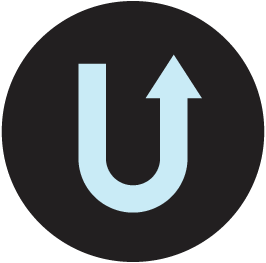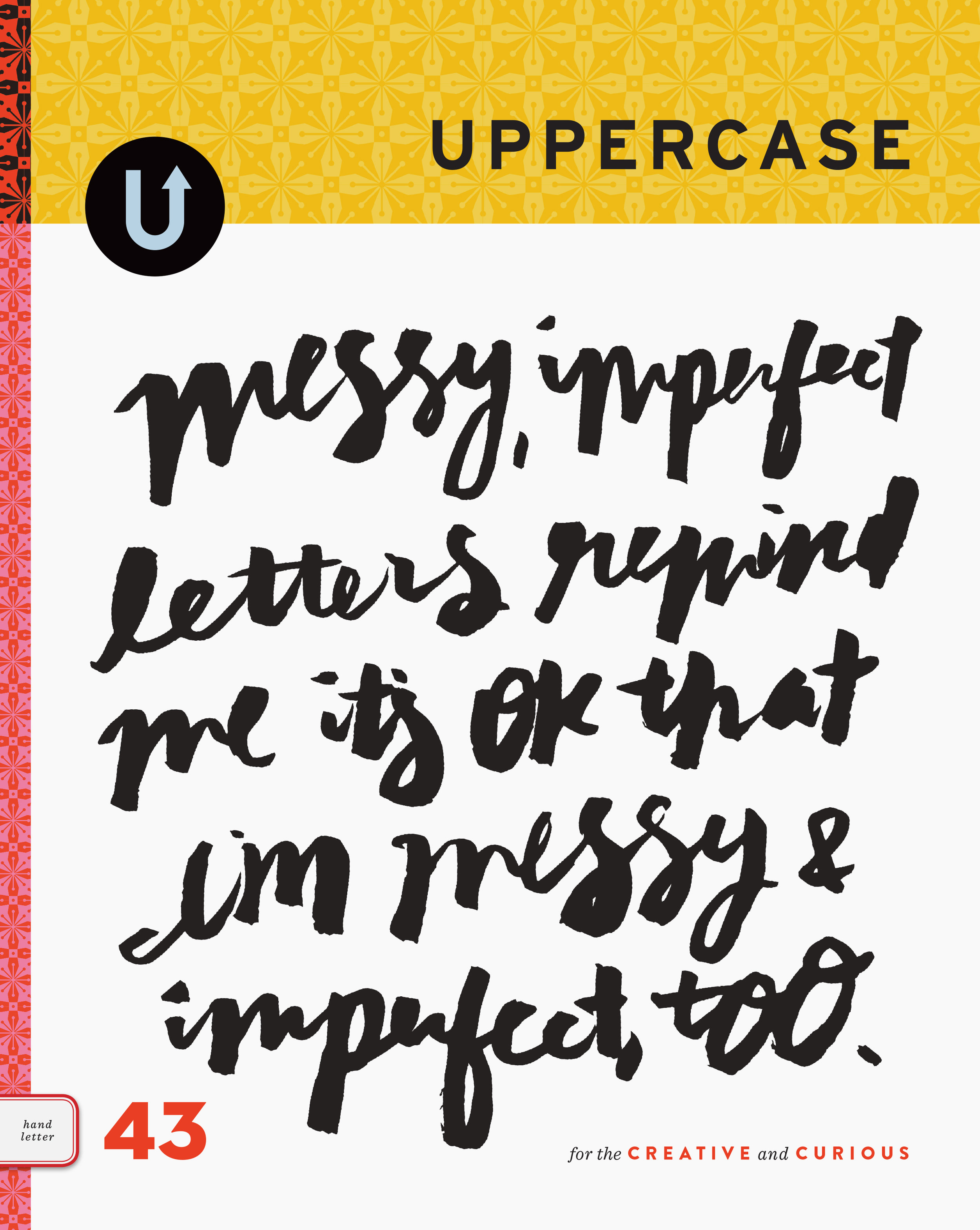Designing for Print
/I’ve been in love with print and paper since I was young. My parents would bring home used paper from their offices, with typewriting or photocopied graphics on one side, and I’d cut these down and staple together little booklets—creating my own stories and drawings on the blank side of the page. I dreamed of these little books being printed en masse, available in bookshops and libraries.
When I was old enough, I began to pursue my interest as a career option. I had a few summer jobs in printing companies, working a process camera, doing negative stripping, plate-making and a bit of bindery. Years later, when I graduated from art college in 1995, computers and desktop publishing software had become graphic designers' primary tools.
My first Macintosh computer was a PowerMac 7100 and I purchased the biggest monitor I could afford. The box took up the entire trunk of my car. Nicknamed Mr Big, the monitor was so heavy, so large and cumbersome that I couldn’t carry it up to my second-floor studio by myself and I had to call a friend to help. There I was, 22 years old with all the equipment I needed to start a career in graphic design: computer, monitor, scanner, laser printer and fax machine.
I had some natural design ability combined with what I had learned in school, but the one thing I was missing—even with an bit of experience in print shops—was how to properly design for print. How to spec paper, what sizes were economical, how to prepare for printing on coated versus uncoated stock, binding methods, spot varnish or flood aqueous? The terminology and the options were all new to me.
On some early jobs, I encountered a few older print salesmen who were patronizing and less than helpful, but eventually I found some really good companies with people willing to lend their expertise and help me learn, step by step. As my freelance design business grew, so did my knowledge of print and paper. I prided myself on providing “clean” files when sending jobs to prepress departments—something that saved me time and my clients money. I was interested in learning new techniques and printers were genuinely happy to help explain—which benefited me and my breadth of knowledge, but also them later on when I had clients who could afford a few “bells and whistles” when jobs went into print production.
Over the next dozen years, I freelanced for arts and culture clients as well as book and magazine publishers. Though I also did some signage, product design and digital projects, my focus and expertise was on print. When I decided to start my own publishing company and later launch UPPERCASE magazine, I had all the tools and skills and contacts at the ready to produce something beautiful in print.
My print education really has been learning by doing. I didn’t have a manual—or even Google, in the early days—to learn how things were done.
Designing for Print is a book by author, designer and educator Marina Poropat Joyce that really is "the epitome of print education.” Marina’s book covers all aspects of what a graphic designer needs to know when creating a print project. As I page through it, I am amazed to see all of the information, terminology and tips that I had learned (sometimes the hard way) from two decades of creating design for print. The book is thoughtful and thorough and an excellent resource for anyone about to set foot into the world of print on paper. And for experienced (ie older!) designers like me, it’s a great refresher. It’s also a useful reference, with standard paper and envelope sizes, paper weight equivalency charts and generalized print method cost comparisons. Designing for Print is the manual I wish I had way back when. Congratulations, Marina, for creating something so vital for new generations of print enthusiasts!
To find out more about this project, visit Marina's Kickstarter campaign.


















































